Understanding Land Rover VIN numbers (1980 onwards)
Find out what the 17 letters and numbers mean on your Land Rover’s VIN plate and how they help identify the model type, year of manufacture and where it was assembled. Rob Hawkins explains more.
If you are searching for details on Land Rover chassis numbers for a vehicle made before 1980, see our full guide here.
What is a VIN number?
A VIN stands for Vehicle Identification Number and was introduced in 1980 (prior to this, a chassis number had been used, which we’ve explained in detail in a separate blog). It’s a unique set of letters and numbers to help identify a vehicle and explain where and when it was built, what model it should be including its bodywork and even what engine and gearbox it should have. This helps to confirm the identity of a vehicle and in the case of later Land Rovers with an ECU, diagnostic equipment can be connected via the on-board diagnostic port (known as the OBDII port) to retrieve the VIN and help check it. In theory, VINs help to reduce the risk of stolen vehicles being sold to unsuspecting new owners. And it can help to reduce the problem of a VIN being illegally transferred to a stolen vehicle.
Suppose you have a Land Rover and wish to know more about where it was assembled and what components were initially fitted. In that case, the VIN will help, but also, a Heritage Certificate, which is a certified copy of the vehicle's original factory record from the British Motor Industry Heritage Trust is another solution. Prices start at £48, find all the details here.
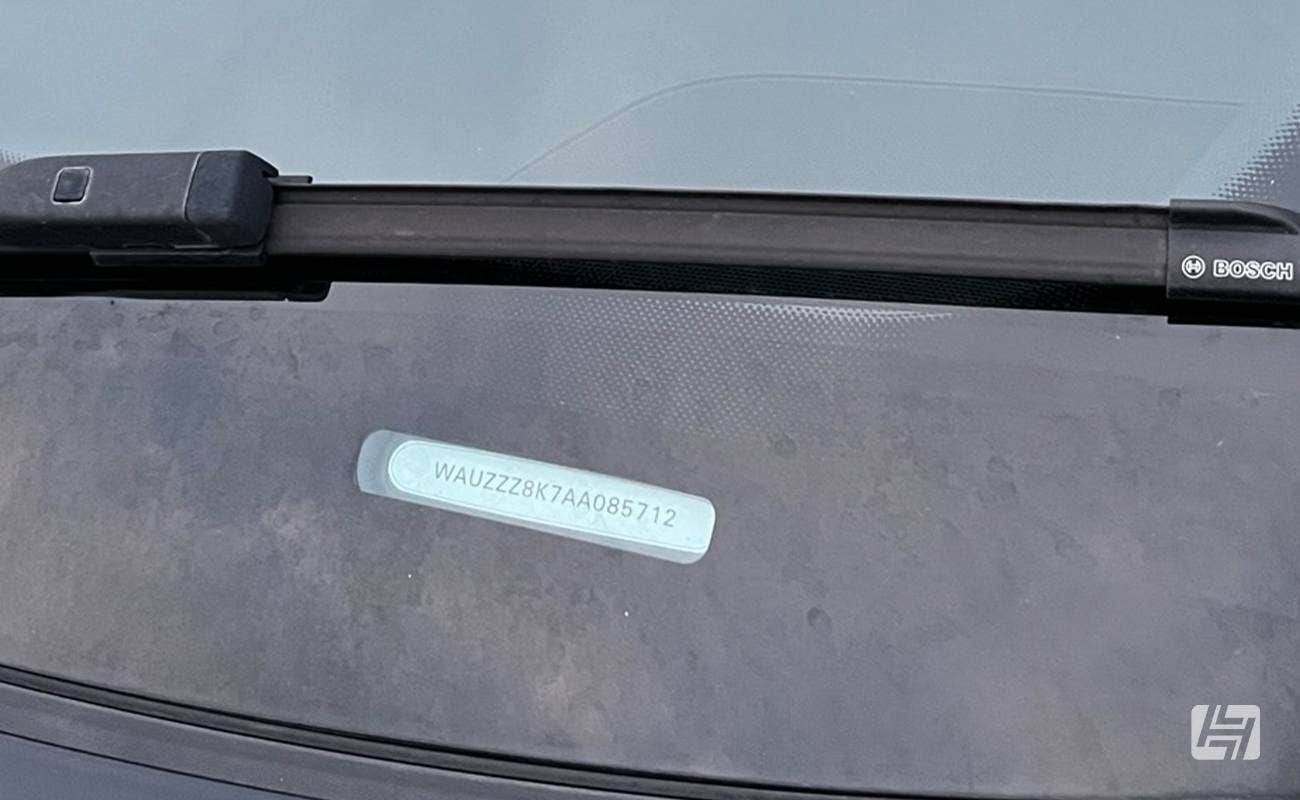

Where is the VIN on a Land Rover?
A small plate is usually fitted in the engine bay, often on the brake pedal box, bulkhead, underneath the windscreen or inside the cab, which displays the vehicle’s VIN. However, this plate is often riveted in position, so one from another vehicle can be fitted. Therefore, it’s worthwhile looking around the vehicle for other evidence of the VIN. For example, it may be stamped onto the side of the chassis, near the front towing eye. On the Series III models (introduced in 1971, so a chassis number was initially used until 1980), the VIN is usually stamped onto the front right-hand chassis leg (also called a dumb iron) on the outside, behind the bumper. Later 90, 110 and Defenders have the same chassis stamping but on the chassis leg adjacent to the right-hand side front coil spring, and the VIN plate is in the engine bay on top of the brake master cylinder and pedal box.
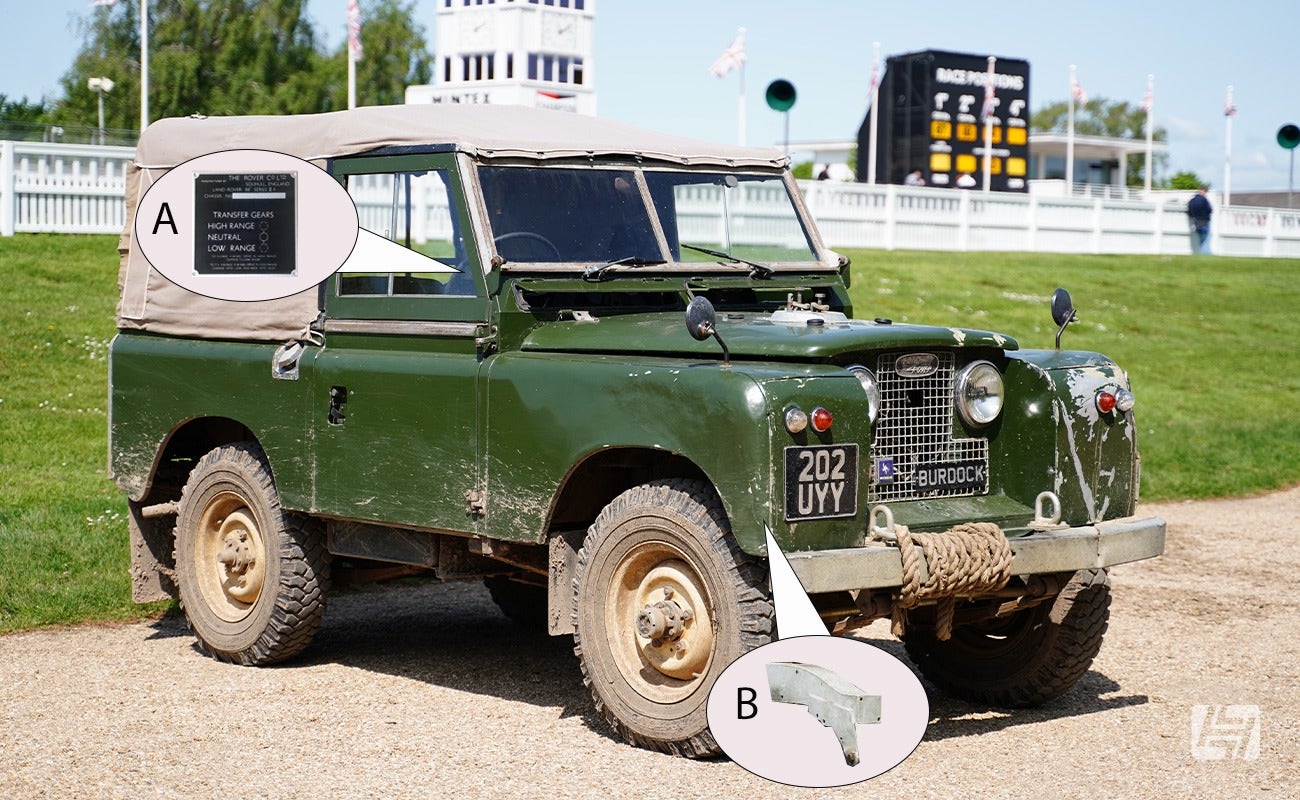



World Manufacturer Identifier (WMI)
The first three characters of a VIN signify the region, country and manufacturer of the vehicle. In the case of Land Rovers, this is SAL, whereby S stands for Europe (region), A means United Kingdom (country) and L means Land Rover (manufacturer). If your Land Rover has been registered in the USA, you might find your VIN details are slightly different. Scroll to the bottom of this article to check out the intricacies of the USA VIN system - sorry it's not more simple!
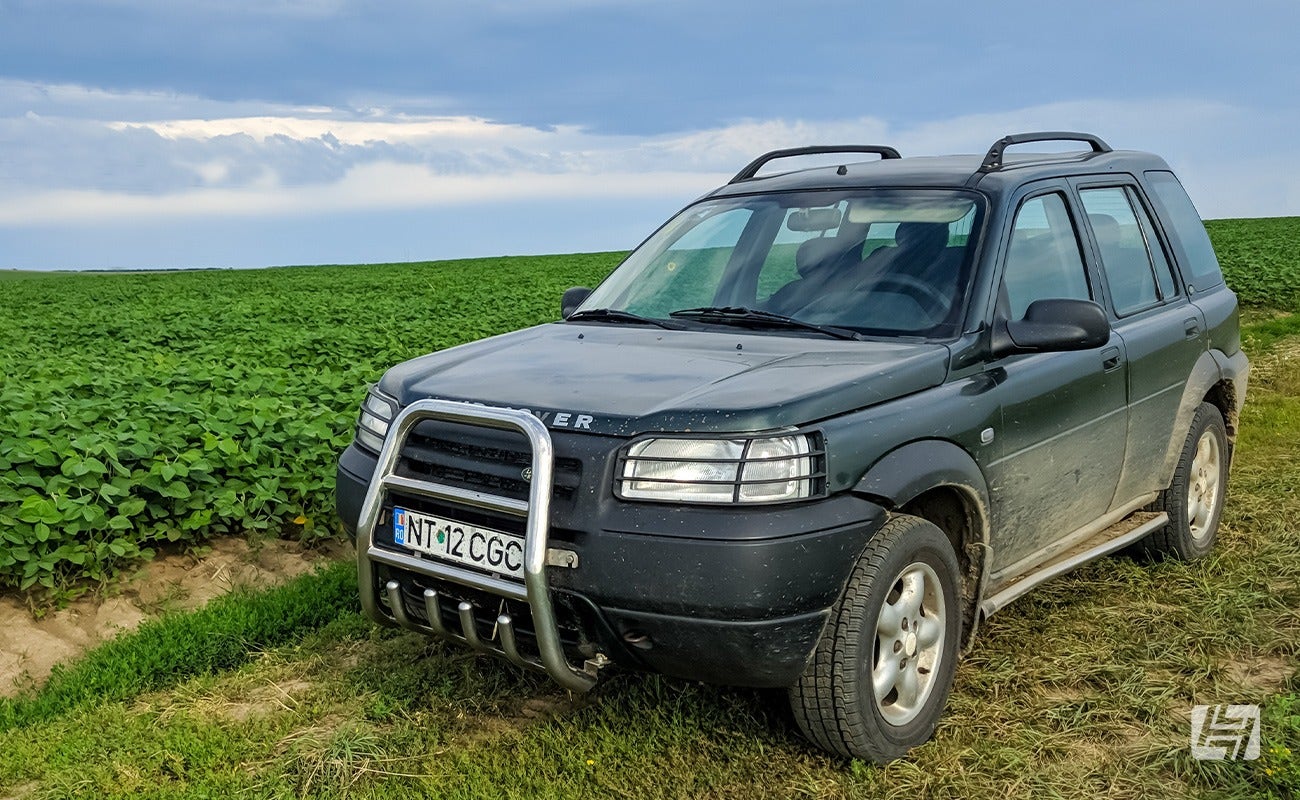

Identifying your Land Rover model by the VIN
The fourth and fifth characters denote the model type and all start with the letter L. The following list explains more.
- LA - Discovery Series III
- LB - Land Rover Series III
- LC - Land Rover Challenger
- LD - 90, 110 and 130
- LH - Range Rover Classic
- LJ - Discovery
- LK - Llama Forward Control
- LM - Range Rover L322
- LN - Freelander
- LP - Range Rover (38A)
- LS - Range Rover Sport
- LT - Discovery Series II
How many inches in the wheelbase?
The sixth character in the VIN relates to the wheelbase (the number of inches between the front and rear wheels), and is represented by a letter from A to V. However, it’s not a case of the higher up the alphabet, the larger the wheelbase. Instead, the following list explains all.
| A | Series III 88", Defender 90" extra heavy duty, Range Rover Classic 100", Range Rover (38A) 108" and Freelander, Discovery II for Japan |
| B | Series III 88" Lightweight, Defender 110" extra heavy duty, Range Rover Classic LSE 108" and Freelander Commercial |
| C | Series III 109" and Defender 130" extra heavy duty, Range Rover 108” |
| D | Series III 109" |
| E & F | Range Rover (California) 100” and 108” respectively |
| G | Discovery 100" |
| H | Defender 110" |
| K | Defender 130" |
| N | Discovery (California) |
| R | Defender 110" (24-volt, military), Discovery PI (Japan) |
| S | 110" (24-volt, military V8). |
| V | Defender 90", Range Rover 3.5-litre V8 (carburettors) |
| W | Defender 90” XS |
| X | Defender 90” (California or Turkey) |
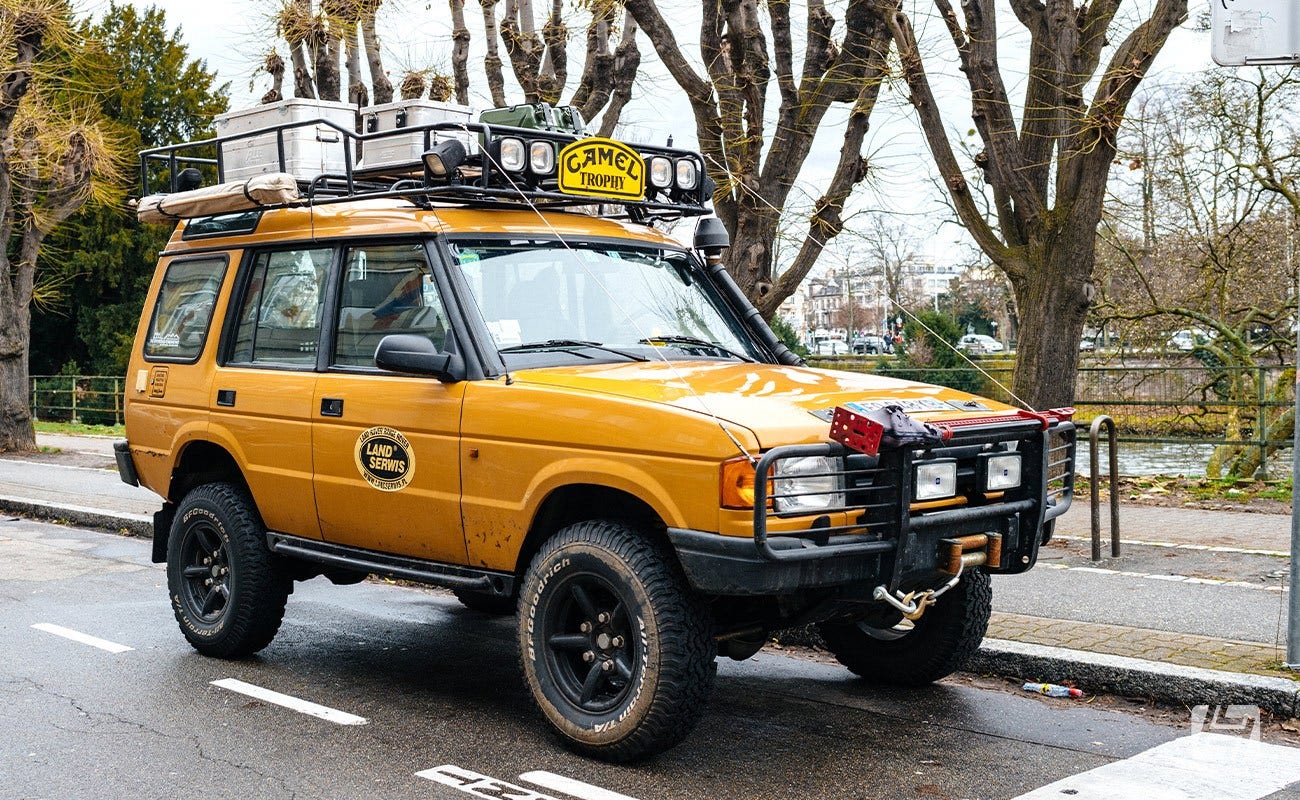

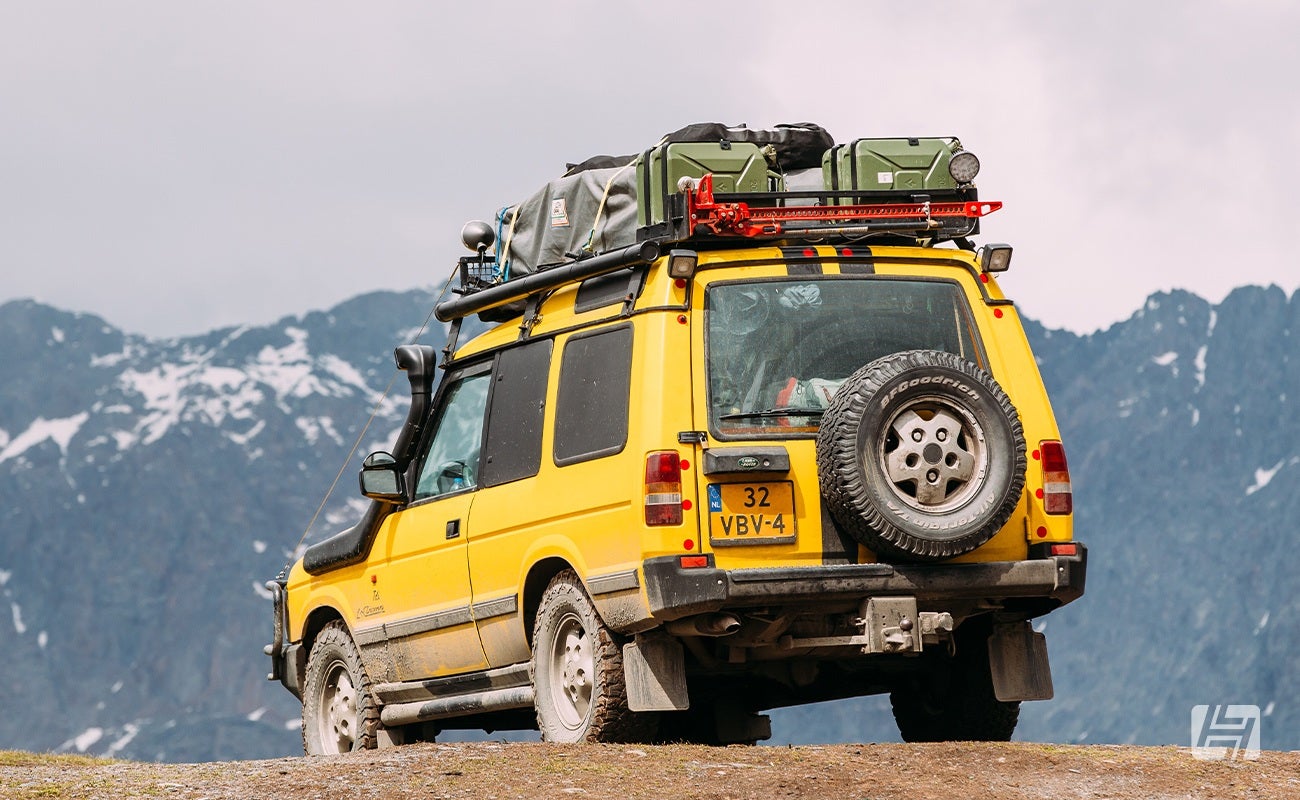

Deciphering different Land Rover body styles
The seventh character in a Land Rover’s VIN is a letter and denotes the style of the body of the vehicle, but in some cases also denotes what engine was fitted or the model type. The letters A, B, F, H, M and R are used, which are allocated for the following bodies.
| A | 90/110/130 soft top, pickup, hardtop and cab truck, two-door Range Rover Classic diesel, three-door Discovery diesel, three-door Freelander, four-door T5 |
| B | Four-door Series III 88" station wagon and three-door 90/110” including Range Rover, three-door Discovery, five-door Freelander and T5 |
| C | Defender (Spain) and three-door T5 |
| D | Military Defender (Spain) and commercial T5 |
| E | Two-door crew cab 90/110/130 |
| F | Four-door crew cab Defender (non-high-capacity). |
| H | Series III 109” high-capacity pickup, 110/130” high-capacity pickup |
| J | Seven-door station wagon 110/130 |
| M | Series III five-door 109” station wagon, four-door Defender station wagon, four-door Range Rover and Discovery station wagon |
| R | Range Rover four-door Monteverdi conversion |
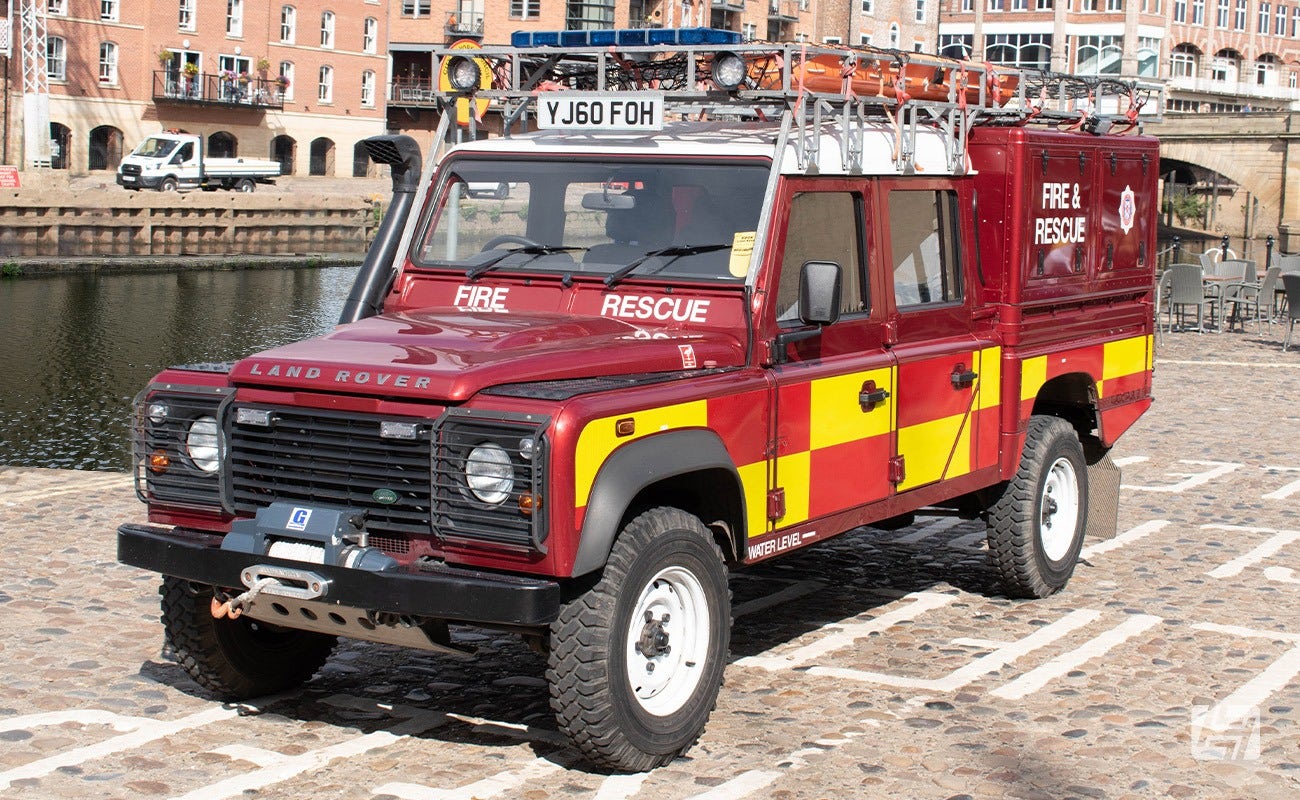

Which engine should my Land Rover have?
The eighth character in a Land Rover’s VIN denotes the engine by means of a letter ranging from A to Z or a number between 1 and 9. Some engines have differences such as low and high compression, leaded and unleaded petrol, so it’s not as straightforward as you’d expect it to be. However, this does help with identifying what engine should be fitted and whether it should have a catalytic converter, for instance, or an EGR (exhaust gas recirculation) valve. The following list explains more about what each letter or number means.
| A | Freelander K-series 1.8-litre, Range Rover 4.0-litre V8, 90/110/130 2.5-litre diesel, Range Rover 4.4-litre V8 EFI |
| B | 90/110/130 2.5-litre four-cylinder turbo-diesel, Freelander 19J L-series 2.0-litre four-cylinder diesel |
| C | 90/110/130 2.5-litre four-cylinder diesel (non-turbo), Freelander K-series 1.8-litre, Range Rover 4.6-litre V8 (non-cat), Range Rover BMW M57 3.0-litre diesel |
| D | 90/110/130 2.5-litre four-cylinder petrol, Freelander K-series 1.8-litre, Range Rover 4.6-litre V8 (catalytic converter) |
| E | Range Rover Classic 2.4-litre four-cylinder VM diesel, 90/110/130 2.5-litre TDi (non-cat and non-EGR), Freelander BMW M47 (TD4) 2.0-litre four-cylinder diesel |
| F | 90/110/130, Range Rover Classic and Discovery 2.5-litre four-cylinder TDi (non-cat and non-EGR), Freelander K-series 1.8-litre |
| G | Series III 2.25-litre four-cylinder diesel, Freelander KV6 2.5-litre (unleaded petrol) |
| H | Series III 2.25-litre four-cylinder petrol, and Rover KV6 2.5-litre (leaded petrol or non-cat with aircon). |
| J | 90/110/130 2.5-litre TD5 (Japan), Range Rover 4.6-litre V8 EFI with cat, Freelander KV6 2.5-litre (ethanol) |
| K | 90/110/130 3.4-litre diesel and 2.5 TDi with EGR and/or catalytic converter |
| L | Range Rover Classic or Discovery 3.5-litre V8 |
| M | 90/110/130 and Range Rover Classic 3.9-litre V8, 90/110/130, Range Rover Classic, Discovery and Range Rover P38a 4.0-litre V8 EFI |
| N | Range Rover Classic VM diesel 2.5-litre four-cylinder |
| P | Series III 2.6-litre straight-six petrol, Range Rover P38a and Discovery II 4.0-litre V8 high compression with catalytic converter, 90/110/130 2.2-litre Puma diesel |
| R | Range Rover 4.6-litre V8 high compression with catalytic converter and automatic gearbox |
| S | 90/110/130 2.2-litre Puma diesel (European specification) |
| T | 90/110/130 2.2-litre Puma diesel (rest of world specification, non-cat) |
| V | Freelander 2.0-litre NG4, 90/110/130, Discovery and Range Rover Classic 3.5-litre V8, non-cat |
| W | Range Rover BMW diesel 2.5-litre straight-six |
| X | 90/110/130 3.9-litre Perkins |
| Y | Freelander 2.0-litre NG4, Discovery and Defender multi-point injection (MPI) petrol 2.0-litre four-cylinder T16 |
| Z | 90/110/130 3.9-litre Isuzu diesel |
| 1 | Range Rover Classic 3.5-litre V8 EFI, Discovery II low compression 4.0-litre V8 EFI with automatic gearbox, Discovery III and Range Rover Sport 2.7-litre V6 diesel |
| 2 | Discovery II 4.0-litre V8, Range Rover 4.0-litre V8, Discovery III and Range Rover Sport 3.6-litre V8 diesel |
| 3 | Discovery III 4.2- and 4.4-litre V8, Discovery II 4.0-litre V8 non-cat, Range Rover Classic 4.0-litre V8 EFI low compression non-cat, Range Rover Sport 4.2-litre V8 |
| 4 | Discovery III and Range Rover Sport 4.0-litre V6 petrol, Range Rover 4.6-litre V8, Discovery II 4.0-litre and 4.6-litre V8 |
| 5 | Discovery III and Range Rover Sport 4.4-litre V8, 90/110/130 2.5-litre TD5, Discovery 2.0-litre T16, Discovery II 4.0-litre V8 |
| 6 | 90/110/130 and Discovery II 2.5-litre four-cylinder turbo-diesel with EGR and/or catalytic converter, Range Rover and Discovery II 4.6-litre V8 |
| 7 | 90/110/130 and Discovery II 2.5-litre four-cylinder turbo-diesel without EGR and catalytic converter |
| 8 | 90/110/130 and Discovery II 2.5-litre four-cylinder turbo-diesel with EGR and catalytic converter |
| 9 | 90/110/130 BMW M52 petrol 2.8-litre straight-six, Discovery II 2.5-litre five-cylinder turbo-diesel (TD5) without EGR and catalytic converter |
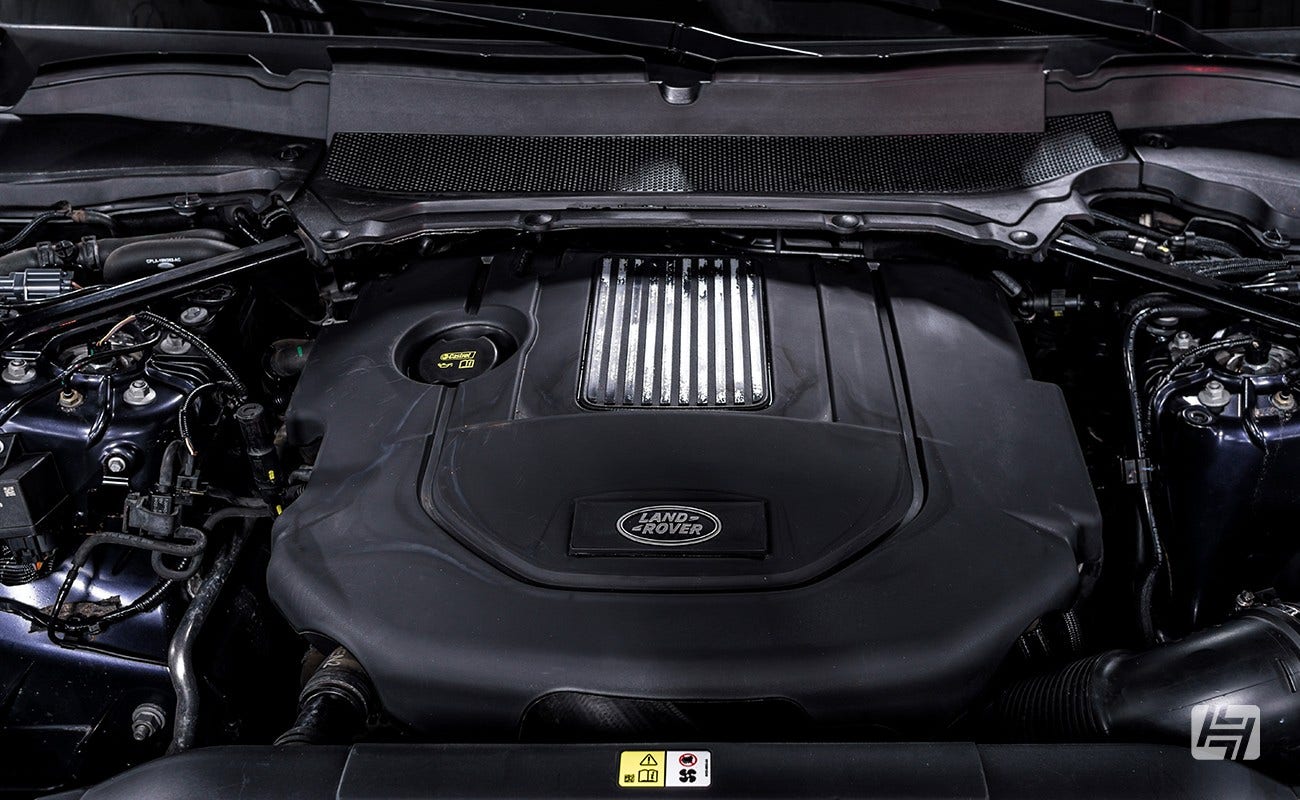

What gearbox should my Land Rover have?
The ninth character in a Land Rover’s VIN is a number, which explains whether the gearbox is manual or automatic, how many forward gears it has and whether the steering wheel is on the left (LHD) or right (RHD). With numbers ranging from 0 to 9, classifications are grouped as follows.
- 1 - RHD four-speed manual and five-speed auto
- 2 - LHD four-speed manual and five-speed auto
- 3 - RHD five-speed auto
- 4 - LHD five-speed auto
- 5 - RHD four-speed with overdrive
- 6 - LHD four-speed with overdrive
- 7 - RHD five-speed manual
- 8 - LHD five-speed manual
- 9 - LHD six-speed manual
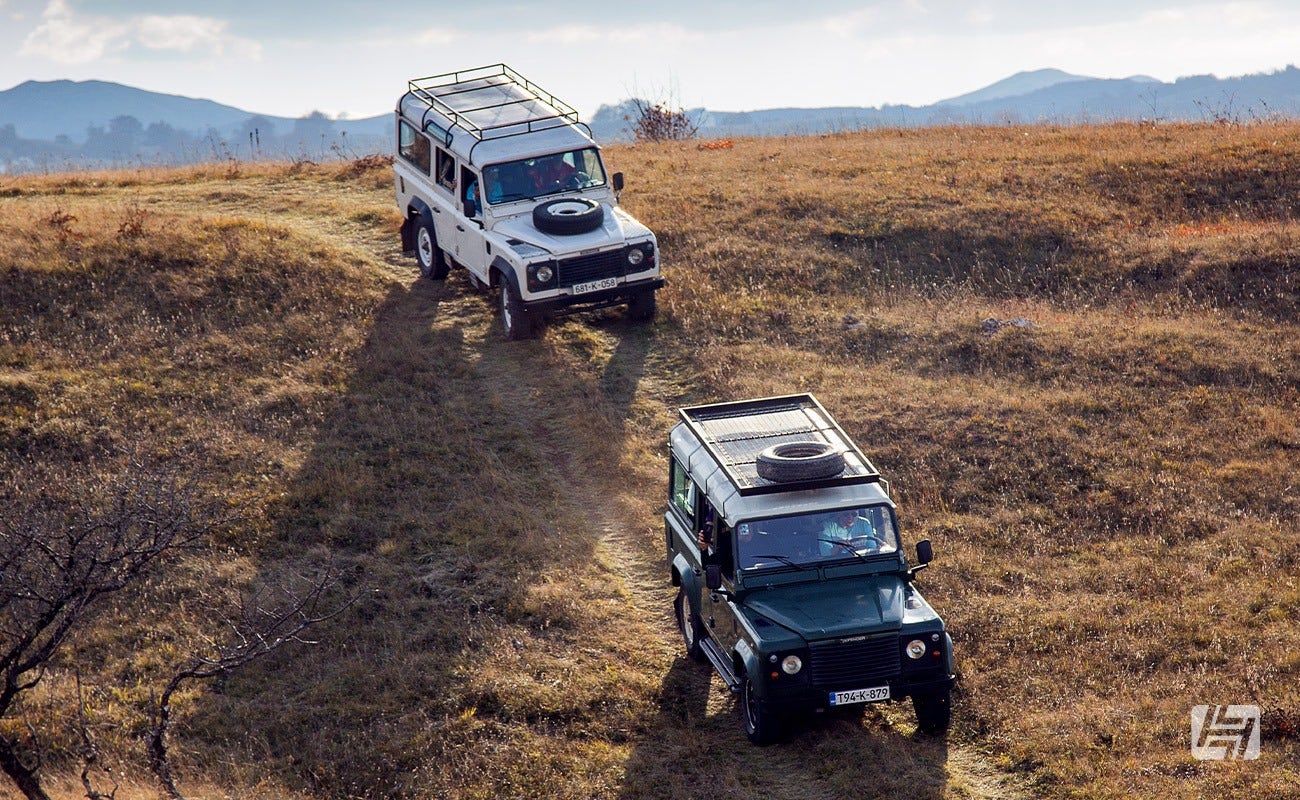

What model year is my Land Rover?
The tenth character in a Land Rover’s VIN represents the build or model year, which has some logical system to it from 1988 onwards in that it resembles UK registration plates. So, the letter E represents 1988, which is when the E-registration appeared on vehicles in the UK. However, for some reason, it jumps a few letters and T replaces the letter N for 1996 and then continues towards the year 2000 with the letter Y. It was replaced in 2001 with the number 1, which ran until 2009 with the number 9. The letter system then came back, starting with A for 2010 and is currently at P for 2023 (O isn’t used because it looks like a zero).
Letters A to D were allocated to specific models of Land Rover from 1980 to 1987 before the identification letter was applied to all models from 1988 onwards.
| A | Series III 88/109 and Defender 90/110 (1979- 1988) | 4 | 2004 |
| B | Facelifted 110 and Range Rover phase II (1984-1988) | 5 | 2005 |
| C | Range Rover for 1986 | 6 | 2006 |
| D | Range Rover for 1987 | 7 | 2007 |
| E | 1988 all models | 8 | 2008 |
| F | 1989 | 9 | 2009 |
| G | 1990 | A | 2010 |
| H | 1991 | B | 2011 |
| J | 1992 | C | 2012 |
| K | 1993 | D | 2013 |
| L | 1994 | E | 2014 |
| M | 1995 | F | 2015 |
| T | 1996 | G | 2016 |
| V | 1997 | H | 2017 |
| W | 1998 | J | 2018 |
| X | 1999 | K | 2019 |
|
Y |
2000 | L | 2020 |
|
1 |
2001 | M | 2021 |
|
2 |
2002 | N | 2022 |
|
3 |
2003 | P | 2023 |
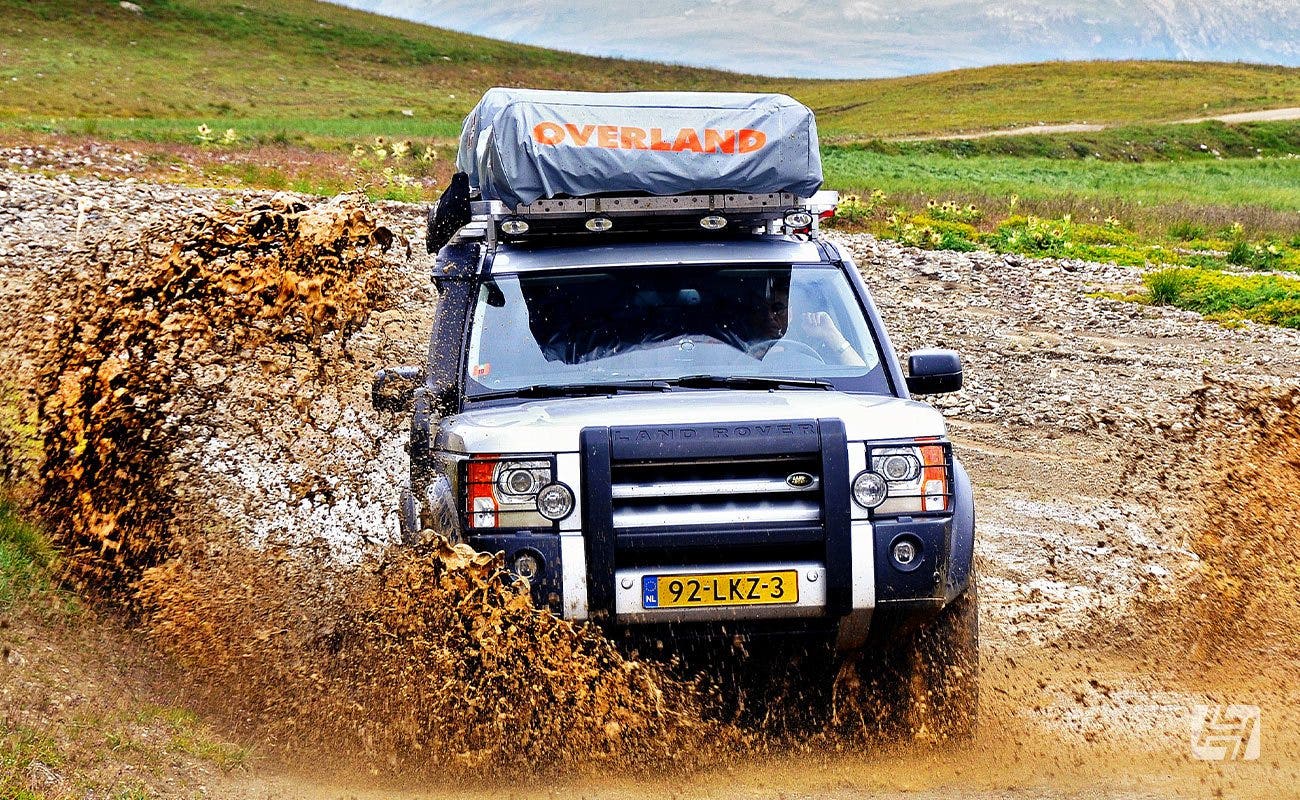

Where was my Land Rover built?
Despite the second character in the VIN denoting the UK as the country of the manufacturer, your Land Rover or Range Rover may have been constructed (assembled) elsewhere. This is denoted by the eleventh character, which is a letter. If there’s a letter A, then this stands for Solihull, whereas F is for worldwide, meaning it would have been supplied as a complete knockdown (CKD) kit and assembled in another country. If there’s a letter V, then the Land Rover was assembled in South Africa, but there are more. Here is the complete list.
- A - Solihull (UK)
- B - Solihull (Military)
- C - Zimbabwe
- D - Thailand
- H - Halewood, Liverpool (UK)
- J - Malaysia
- K - Kenya
- N - Morocco
- P - Pakistan
- R - Jordan
- T - Brazil
- V - South Africa
- W - Turkey
- Y - Australia
If you are importing a Land Rover into the UK and its assembly wasn’t in Solihull, then the British Motor Industry Heritage Trust, which issues Heritage Certificates, warns that the records for these overseas-assembled vehicles are not available, and they have found that the DVLA may only give a Q-registration because of the lack of evidence.
Unique characters
The final six characters, making up the 17 in a Land Rover’s VIN are unique to the vehicle and help to further identify it. In many cases, specific groups of sequential numbers were used.
Land Rover VIN in USA
From 1987 onwards, the Society of Automotive Engineers (SAE) has provided the rules for Land Rover VINs in the USA. The first three characters follow the same rules as all other VINs, with the letters SAL. The fourth digit is for the model with a letter D for Defender 90 and 110, H for Range Rover Classic, J for Discovery, N for Freelander, P for Mk2 Range Rover and T for Discovery Mk2. The fifth digit relates to the vehicle’s class concerning the number of seats and trim specification.
The sixth digit is for the body type with only three categories: number 1 means a five-door hardtop, number 2 is for a soft top and the Freelander, and number 3 is for a three-door hardtop and a 90 Defender station wagon.
Engines are covered by the seventh digit, which are all petrol V8s or the KV6. The number 1 is for the 3.5-litre V8, 2 is for the 3.9- and 4.0-litre plus the KV6. Number 3 is for the 4.2-litre V8 and finally, number 4 is for the 4.6-litre V8.
The eighth digit represents the gearbox and gross vehicle weight class, with numbers 2, 4 and 8 (the last two all have a gross vehicle weight of 6000lbs). The number 2 is allocated for the Freelander with an automatic gearbox, whereas the number 4 is for a four-speed auto and 5 is for a five-speed manual gearbox.
The ninth digit relates to the weight of the vehicle, whereas the tenth is for the year of manufacture, which starts with the letter J in 1988, ending with Z for 2000 and starting with 1 for 2001.
The eleventh digit is for assembly location, with A standing for Solihull and F for complete knock down (CKD), and finally, the remaining 12 to 17 digits are for the vehicle’s unique serial number.
What if my Land Rover’s VIN doesn’t have 17 characters?
Land Rovers manufactured from 1948 to 1979 had what is commonly known as a chassis number comprising between six and nine digits. As mentioned, we’ve outlined the meaning of these chassis numbers in a separate blog, so the above information applies to vehicles manufactured from 1980 onwards.
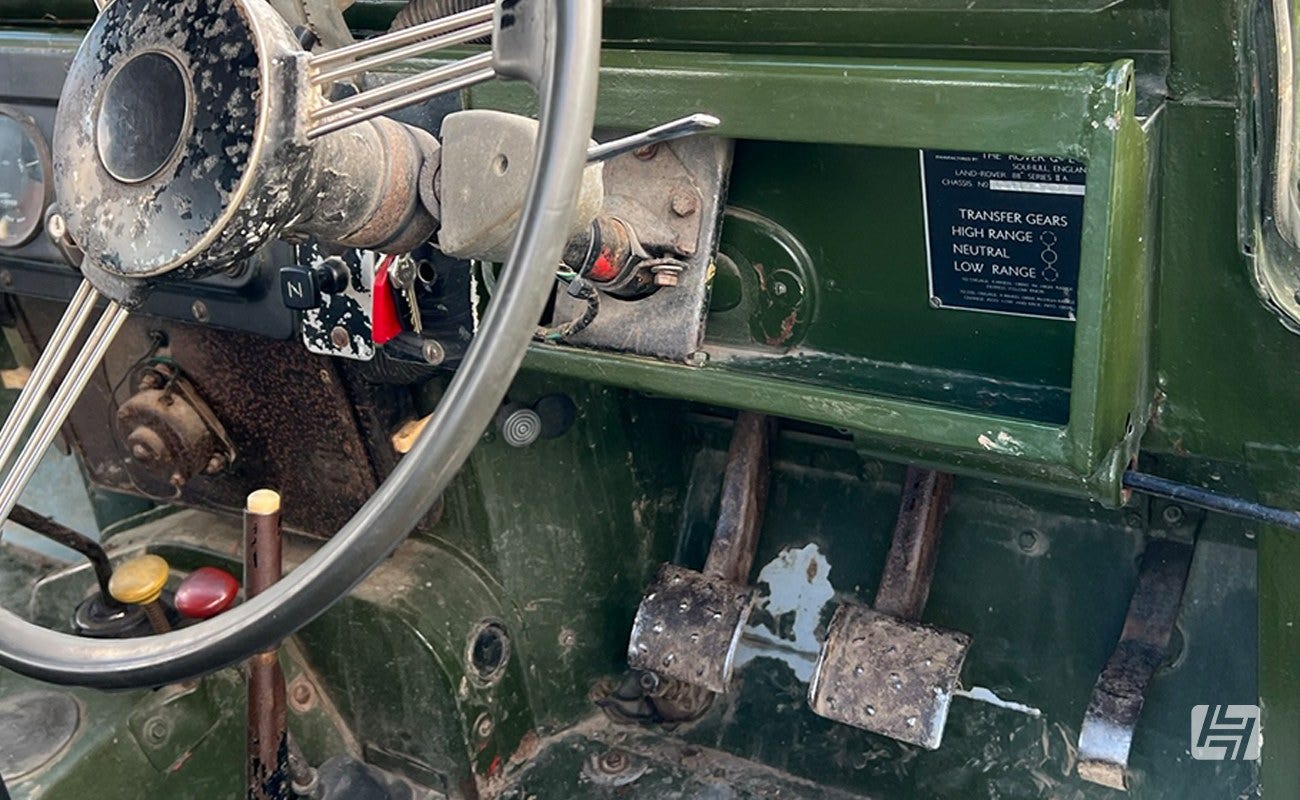

Our sincerest thanks to Rob Hawkins for compiling this encyclopedic guide to Land Rover VIN numbers. We hope this has helped you answer any questions you might have regarding the identity or original specification of your Land Rover or Range Rover made from 1980.
Rob / Andy




 Beetle
Beetle
 Type 2 Bay
Type 2 Bay
 Type 2 Split
Type 2 Split
 Type 25
Type 25
 Transporter T4
Transporter T4
 Transporter T5
Transporter T5
 Golf Mk1
Golf Mk1
 Golf Mk2
Golf Mk2


 911
911
 996
996
 997
997
 986 Boxster
986 Boxster
 987 Boxster
987 Boxster
 912
912
 944
944
 924
924


